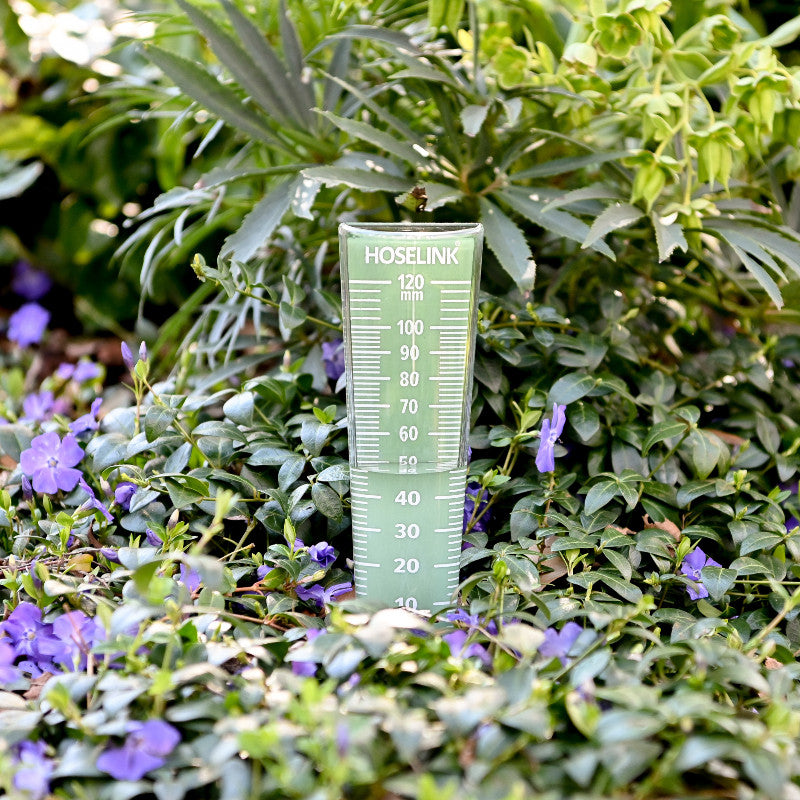Revealing the Science Behind Rain Evaluates: Just How These Tools Play a Vital Role in Environment Research and Environmental Monitoring
Rainfall assesses, apparently basic gadgets, hold an extensive significance in the realm of climate research study and environmental surveillance. These humble instruments quietly collect among nature's most vital elements-- rainfall. Behind their unpretentious facade exists a complex scientific research that is indispensable for comprehending the dynamics of our atmosphere. As we peel back the layers of this clinical shroud surrounding rain determines, we uncover a world where precision, data accuracy, and thorough monitoring converge to introduce a much deeper understanding of our transforming climate and its influence on the world.
Value of Rain Gauges
Rainfall gauges play an essential function in tracking and measuring rainfall degrees, offering vital data for climate research study and analysis. These tools are basic in evaluating the quantity of rains that occurs in a details area over a specific duration. By collecting and determining rain, rainfall evaluates offer beneficial understandings into the circulation and strength of precipitation, helping meteorologists, hydrologists, and climatologists in comprehending climate patterns and fads.
Among the essential reasons that rain determines are essential is their capacity to give localized and exact information. Unlike satellite or radar-based dimensions, which offer wider monitorings, rain evaluates offer specific information certain to the location where they are placed. This localized data is crucial for different applications, including flood forecasting, dry spell tracking, and water source monitoring. Additionally, long-term information gathered from rain assesses helps in analyzing climate modification effects and patterns, contributing considerably to scientific study and decision-making procedures. Fundamentally, rainfall evaluates function as crucial devices in the area of weather forecasting and ecological science, playing a vital duty ahead of time our understanding of weather condition and climate dynamics.
Kinds Of Rainfall Scales

Functionality and Operation
In the realm of climate study and meteorological researches, the effectiveness of rain assesses lies in their elaborate capability and specific operational systems. Rainfall evaluates are created to precisely gauge the quantity of precipitation that falls over a specific area during a collection duration. These gadgets usually contain a channel that gathers rain and networks it into a measuring tube. The determining tube is noted with adjusted dimensions that permit the specific metrology of rainfall.
The capability of rainfall assesses is based upon the principle of measuring and accumulating rainwater in a standardized fashion. This collected data is important for recognizing regional weather patterns, tracking long-lasting environment trends, and assessing environmental effects. To guarantee accurate measurements, rainfall assesses need to be tactically positioned in open areas far from blockages such as structures or trees that can conflict with the collection procedure.
The operational aspect of rain assesses entails regular upkeep to stop debris build-up, calibration checks to maintain measurement precision, and information recording for analysis (rain gauge). In general, the functionality and procedure of rainfall assesses are necessary for gathering dependable precipitation information essential to climate research study and ecological monitoring
Duty in Environment Research Study
Provided the crucial significance of precise rainfall dimensions in recognizing climate patterns and environmental impacts, the duty of rain evaluates in environment research study is important. Rain assesses provide necessary information for climate research study by evaluating the amount of precipitation that tips over a specific area throughout an offered duration. This data is critical for keeping an eye on long-lasting patterns in precipitation patterns, analyzing the impact of environment adjustment on rains distribution, and enhancing climate designs.

Climate scientists use data accumulated from rainfall determines to assess variants in precipitation degrees, identify regional climate patterns, and evaluate the effectiveness of water source monitoring strategies. By comparing historic precipitation information with existing measurements, scientists can identify changes in rainfall patterns, such as adjustments in the regularity or strength of rainfall events. This info is vital for recognizing exactly how climate adjustment is affecting rainfall dynamics and can help policymakers make educated decisions relating to adjustment and reduction methods.
Applications in Ecological Surveillance

In flooding projecting, rainfall gauge information aids to track rains strength and circulation, allowing authorities to issue prompt warnings and take necessary steps to minimize flooding dangers (rain gauge). Read More Here Drought monitoring relies on rain scale data to evaluate wetness levels in the dirt and track precipitation deficits, assisting in the identification of drought-prone areas and the execution of drought feedback strategies
Moreover, rain gauge information plays a crucial role in water resource administration by offering details on water schedule and use patterns. Furthermore, in agriculture, rain scale information assists farmers in optimizing irrigation routines, crop choice, and general ranch monitoring methods based on neighborhood precipitation patterns.
Conclusion
In final thought, rainfall assesses are crucial devices for gauging rainfall, offering useful information for climate research study and environmental surveillance. With numerous kinds and capabilities, rainfall assesses play an essential function in understanding precipitation patterns and their effect on the setting. By accurately gauging rainfall, these devices add to the innovation of clinical knowledge and help in making notified choices related to water resource administration and calamity preparedness.
Rainfall determines play a vital role in tracking and measuring precipitation degrees, giving vital information for climate research study and analysis. The common rainfall scale, recognized as the "tipping pail" gauge, is one of the most frequently made use of gadgets. Ultrasonic rain determines usage audio waves to discover the visibility of rainfall, giving real-time information on rainfall degrees.Climate researchers make use of data gathered from rain evaluates to examine variations in visit the website precipitation degrees, visit identify regional environment patterns, and examine the performance of water source administration methods.In conclusion, rain evaluates are crucial tools for gauging rainfall, giving beneficial data for environment study and environmental surveillance.